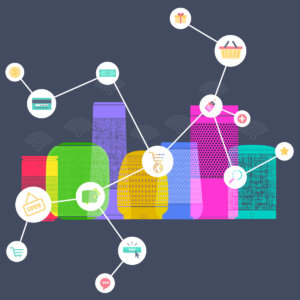Can Your Supply Chain Hear Me Now?
Devices that can interpret and act on voice commands are transforming the traditional supply chain.
Topics
Frontiers
One of the most significant innovations in customer engagement since online shopping began has been the recent surge of conversational commerce devices — devices that can interpret and act on voice commands to conduct business. Simply say “add broccoli to the shopping list,” for example, and it appears. With the Garmin Speak, a navigation device linked to Amazon.com Inc.’s digital assistant Alexa, you can do this even while driving. And Amazon’s Echo can notify you when your packages are out for delivery.
Sales through voice-enabled digital assistants such as Amazon’s Alexa and Google Home are projected to skyrocket from $2 billion in 2017 to $40 billion in 2022. One study shows that fully 30% of owners have used their devices to make purchases. This type of commerce has the potential to transform the consumer supply chain.
In the future, the conversational digital supply chain will use technologies such as machine learning and internet of things (IoT) sensors to improve market responsiveness and agility. Its implications will go far beyond the convenience of placing orders via voice commands.
Future Retail Applications
At the retail level, for example, beacon-activated microphones will allow store employees to reorder merchandise simply by speaking aloud. Using Bluetooth beacons, the microphones enable voice commands to be automatically attributed to specific people. By capturing these demand signals earlier than cyclical ordering systems do, retailers and their suppliers will gain new insight into demand profiles to which they can tailor their supply operations.
Similarly, when customers note missing items in a store, they could verbally alert the system using the same technology. This could help solve the “phantom inventory” problem, in which unavailable items are mistakenly shown as available — a major cause of lost sales.
Another application is joining voice-enabled devices such as smartphones or dedicated assistants with IoT sensors to deliver product recommendations or special offers, thus enabling a vendor to collect valuable information on product demand for new lines. A similar service, Amazon’s Echo Look, has been selling “by invitation” for almost a year, with moderate success. As the technology improves, we expect this type of service to become more effective.
Here’s how it might work: While you converse with a digital assistant, the camera on your smartphone sends images of the jacket you are wearing to its retailer.






Comments (3)
Vinay Ghosh
Kapil Gautam
Dr Rabindranath Bhattacharya